Key Takeaways
- Start with simple fixes: verify power connection, check the thermostat is set above room temperature, test circuit breakers
- Clean air vents and heating elements monthly to prevent dust blockages that stop heat production
- Call a technician when you see burnt components or smell electrical burning
Introduction
Your electric fireplace creates warmth and ambiance by pulling cool air over heated metal coils, then pushing it back out. When it stops heating, you're left with pretty flames but a cold room.
The culprit is usually a power interruption, a failed component, or a maintenance issue like dust buildup. Most fixes take just minutes once you know where to look.
This guide walks you through simple troubleshooting steps first, then tackles bigger repairs, so you'll know exactly when to DIY and when to call for help.
Gather Your Tools and Materials
Before starting, collect these tools to make your repair smooth and safe:
- Screwdriver Set: You'll need Phillips and flathead bits to remove the access panels and reach internal components.
- Needle-nose Pliers: Perfect for pulling loose wires back into place or removing debris from tight spaces.
- Vacuum with Hose Attachment: Dust blocks airflow, causing overheating. A brush attachment cleans vents without damaging delicate parts.
- Lint-Free Cloths: Regular towels leave fibers that block sensors. Microfiber cloths clean components properly.
- Multimeter: This tests whether electricity flows through your heating element and switches. Set it to continuity mode for easy yes-or-no readings.
- Wire Strippers: Keep these handy for reconnecting loose wires or replacing damaged connectors.

Understanding Your Electric Fireplace
Knowing your fireplace's main parts helps you pinpoint exactly what's broken. Here's what makes the heat happen:
- Heating Element: These metal coils work like the ones in your toaster. Electricity flows through them, creating resistance that produces heat.
- Blower Fan: It draws cool air from your room, passes it over those hot coils, then sends toasty air back out through the vents.
- Thermostat: Your comfort controller monitors room temperature all day long. When it senses a chill, it tells the heating element to kick on. Once you're cozy, it cycles off to save energy.
- Thermal Cutoff Switch: This safety guard watches internal temperatures like a hawk. If things get too hot inside, it cuts power instantly to keep everyone safe. Once cooled down, it resets automatically.
Reasons Why Your Electric Fireplace Isn't Heating
Several distinct issues can cause your electric fireplace to stop producing heat, even if the flame effect is working perfectly.
- Incorrect Thermostat Settings: The most common and easily fixed issue is a thermostat that is set too low (below the current room temperature), turned off, or in a "no heat" mode.
- Faulty Heating Element: Heating elements burn out or become damaged after extended use. If your fan is running but the air coming out feels cold, the heating element is likely the culprit.
- Tripped Circuit Breaker or Blown Fuse: Electric heaters draw significant power and can easily overload a circuit. This causes the breaker to trip or a fuse to blow, cutting off electricity to the unit.
- Wiring or Connection Issues: Over time, vibrations can cause internal wires to become loose, disconnected, or frayed, interrupting the power flow to the heating components.
- Malfunctioning Blower Fan: If the fan motor fails or the blades are blocked, the heat generated by the element cannot be effectively circulated into the room, which can also cause the thermal cutoff switch to trip.
- Dirty or Blocked Vents: An accumulation of dust, lint, or pet hair on the intake or output vents can severely restrict airflow, leading to poor heating performance and overheating.

Step-by-Step Troubleshooting
When your electric fireplace stops putting out heat, don’t jump to replace it right away. Try this step-by-step process to find the issue and fix it yourself.
Check the Power Supply
Power issues are often the root cause. Start here:
- Make sure the fireplace plug fits securely in the wall outlet.
- Plug in another small device, like a lamp, to check if the outlet works.
- Look closely at the entire power cord. Check for any damage, fraying, or signs of overheating along the wire.
Review the Thermostat
Double-check that the fireplace is in heat mode, not just flame display. Then set the thermostat a few degrees above the current room temperature. If your unit uses a battery-powered remote or wall control, replace the batteries with a new set.
Inspect the Heating Element
Always unplug the fireplace first. Open the unit and inspect the heating element for broken coils, dark spots, or melted areas.
If you’re confident using a multimeter, continuity test. A reading of infinity means the element is faulty and needs replacement.
Test the Fan
Turn the unit on and listen closely. A soft hum usually means the fan is running. If you hear clicking, grinding, or nothing at all, the motor may be blocked or worn out.
Look for Loose Wires
With the power off, open the access panel. Gently check that wires connected to the heating element, fan, and control board are tight and secure.
Try a Hard Reset
Unplug the unit fully and leave it off for 5 to 10 minutes. This gives internal parts time to reset before you plug it back in.
Inspect for Blocked Vents
Use a flashlight to check the vents for dust buildup or pet hair. Also, keep furniture at least three inches away to allow airflow.
Easy DIY Fixes
Once you’ve figured out what’s stopping your electric fireplace from heating, the next step is to fix it. Many of these repairs are easy to do yourself if you take your time and follow the basics.
Resetting a Tripped Circuit Breaker
A tripped breaker is a common issue. Head to your home’s electrical panel and look for any switches stuck in the middle.
Flip the switch fully to “Off,” then back to “On.” If it trips again right away, there might be a deeper electrical issue—call a licensed electrician to stay safe.
Replacing a Blown Fuse
Some electric fireplaces, especially older models, have a fuse inside the unit. Unplug it before opening anything.
Find the fuse holder, usually near the power cord or control box. Swap out the blown fuse with one that has the exact same rating. Never substitute with a different type.
Cleaning or Replacing the Fan
A clogged or broken fan can limit airflow and reduce heating. Unplug the fireplace and remove the back panel to access the fan.
Clean the blades and motor housing with a soft brush or compressed air. If it still doesn’t run, check your manual for the right replacement part.
Securing Loose Connections
Loose wires can cause power drops or stop heating altogether. With the unit unplugged, open the access panel and look for disconnected or shaky wires.
Use a screwdriver to tighten terminal screws. If wires are frayed or burned, it's best to let a technician handle the repair.
Cleaning the Heating Element
A dusty heating element can slow down performance or cause odd smells. Gently vacuum around the element using a brush attachment.
Avoid applying pressure—these parts are delicate. A clean element helps your unit run more smoothly and evenly.
Resetting the Thermal Cut-Out Switch
If the fireplace overheats, a safety switch may shut it down. Unplug it and let it cool for 30 minutes.
Look for a small reset button near the heating area. Press it until it clicks. If there’s no button, the unit may reset on its own once it cools down.

When to Seek Professional Help
If your fireplace still isn’t heating after trying basic troubleshooting and DIY fixes, it may be time to call a technician.
- Complex Wiring or Circuit Board Issues: If breakers trip repeatedly, or you see melted wires or damaged circuits, it’s time to stop and call an expert. These signs often point to deeper electrical faults that need proper tools and training to fix.
- Heating Element Replacement: Replacing a heating element means dealing with fragile components and tight electrical spaces. If you're not used to this kind of work, it’s safer to let someone with experience handle it.
- Major Component Failures: If the blower motor, control board, or thermostat sensor fails, repairs can get technical. A professional can test, order the right part, and install it correctly the first time.
If you’re unsure, don’t push it. Calling a professional early can prevent bigger problems—and make the repair faster and safer.
Preventative Maintenance for a Long-Lasting Fireplace
A regular maintenance routine helps prevent most heating issues before they start. It also helps your fireplace run more efficiently, season after season.
Regular Cleaning
Every few months, unplug the fireplace and vacuum the air vents, fan area, and around the heating element.
Use a soft brush attachment to protect fragile parts while removing dust. Keeping internal components clean helps maintain airflow and prevents overheating.
Periodic Inspections
Plan a more detailed check once or twice a year. Unplug the unit, open the access panel, and inspect for loose wires, discolored components, or dust near the circuit board.
Tighten screws if needed and check that all visible parts are in good condition.
Proper Usage
Keep furniture, curtains, and other objects away from the vents to allow proper airflow. Turn off the fireplace when you leave the room or go to sleep. This reduces wear on the system and lowers the risk of overheating over time.
Frequently Asked Questions
Why does my electric fireplace turn on but produce no heat?
Start by checking if the heat function is turned on and the thermostat is set high enough.
If those settings look fine, the issue may be a tripped safety switch or a failed heating element. In that case, it’s best to have it inspected.
How often should I clean my electric fireplace?
Dust the vents every few weeks to keep airflow steady. Plan a full cleaning every 3 to 6 months. That includes vacuuming the fan and heater area, especially if you have pets or live in a dusty home.
Can I leave my electric fireplace on overnight?
It’s not a good idea. Even with built-in safety features, turning it off before bed or when you leave helps reduce risks and avoid unnecessary wear.
Conclusion
Fixing a fireplace that isn't heating is usually something you can handle on your own. By checking power, inspecting parts, and performing regular maintenance, most issues can be resolved without needing assistance.
Routine cleaning and proper use go a long way in keeping your unit running smoothly. Just remember—always unplug before making adjustments, and don’t hesitate to call a professional for anything more complex.
Related Reading:
Do Electric Fireplaces Use a Lot of Electricity?
Can You Put an Electric Fireplace in a TV Stand?
Do Electric Fireplaces Give Off Heat?

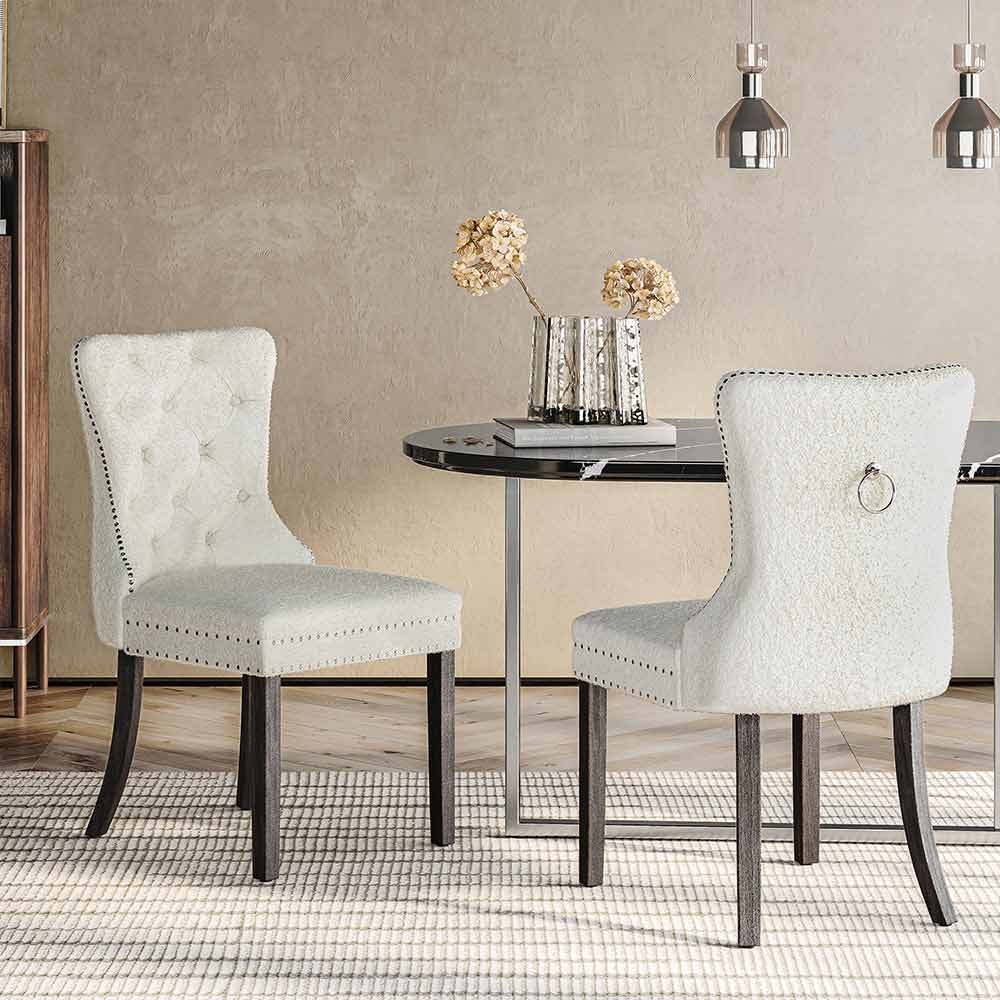


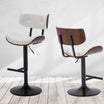
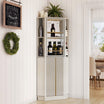



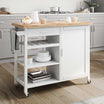

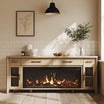

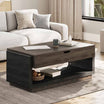




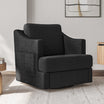




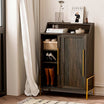







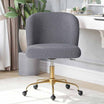



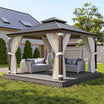
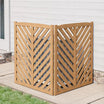
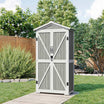
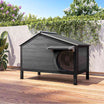
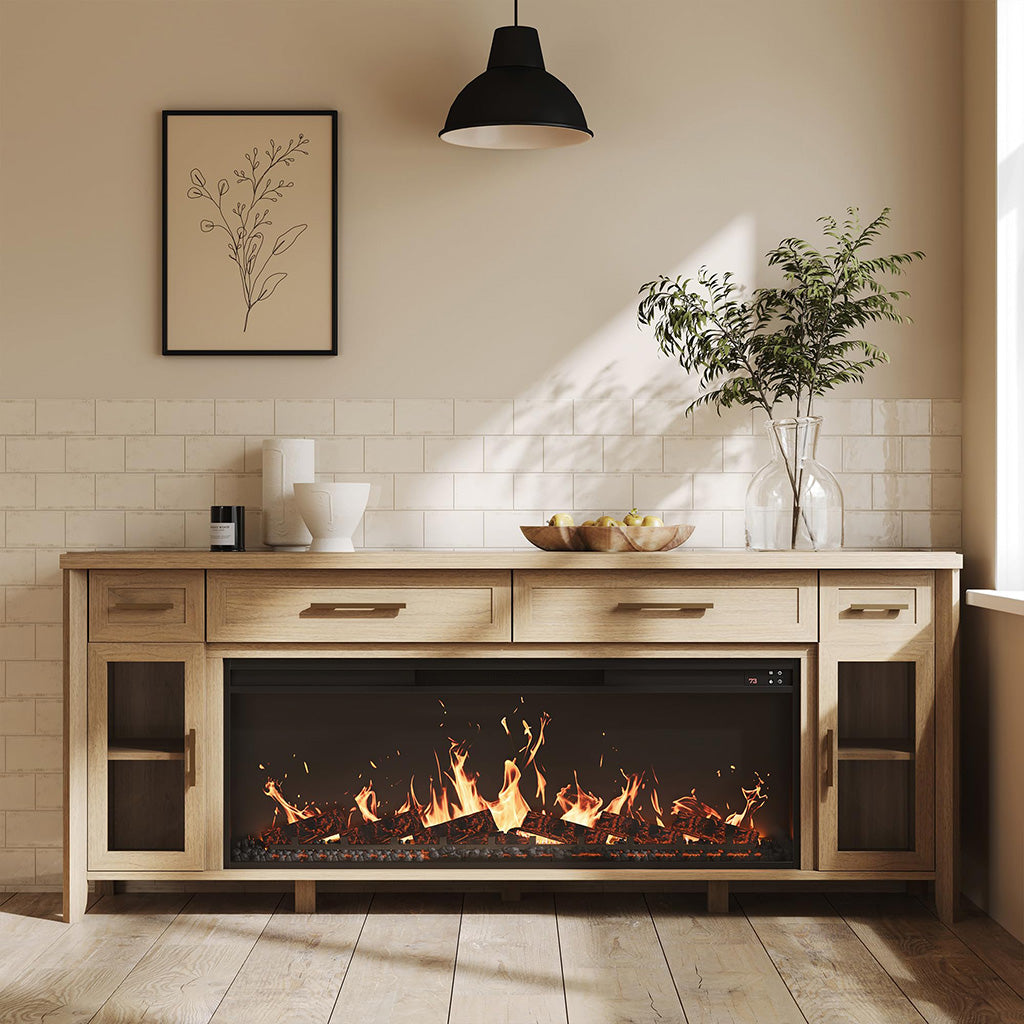
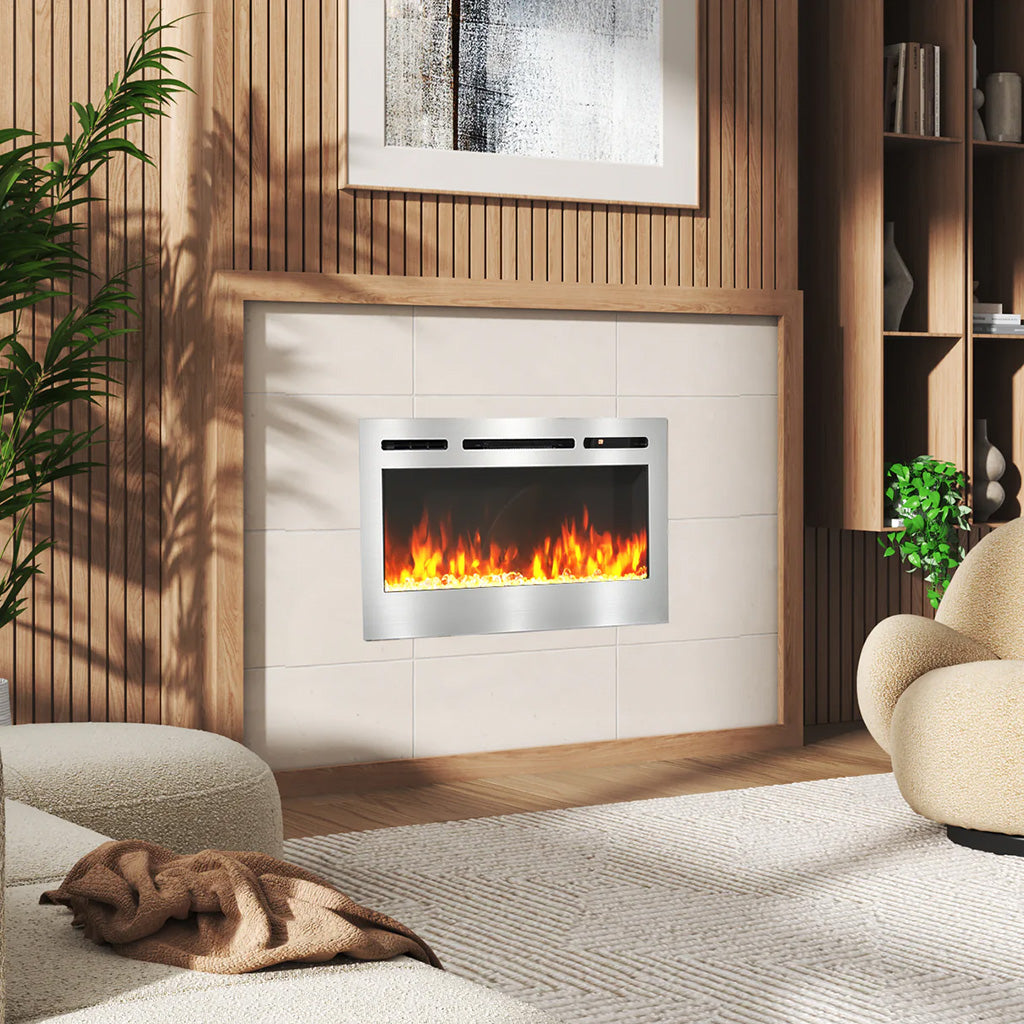
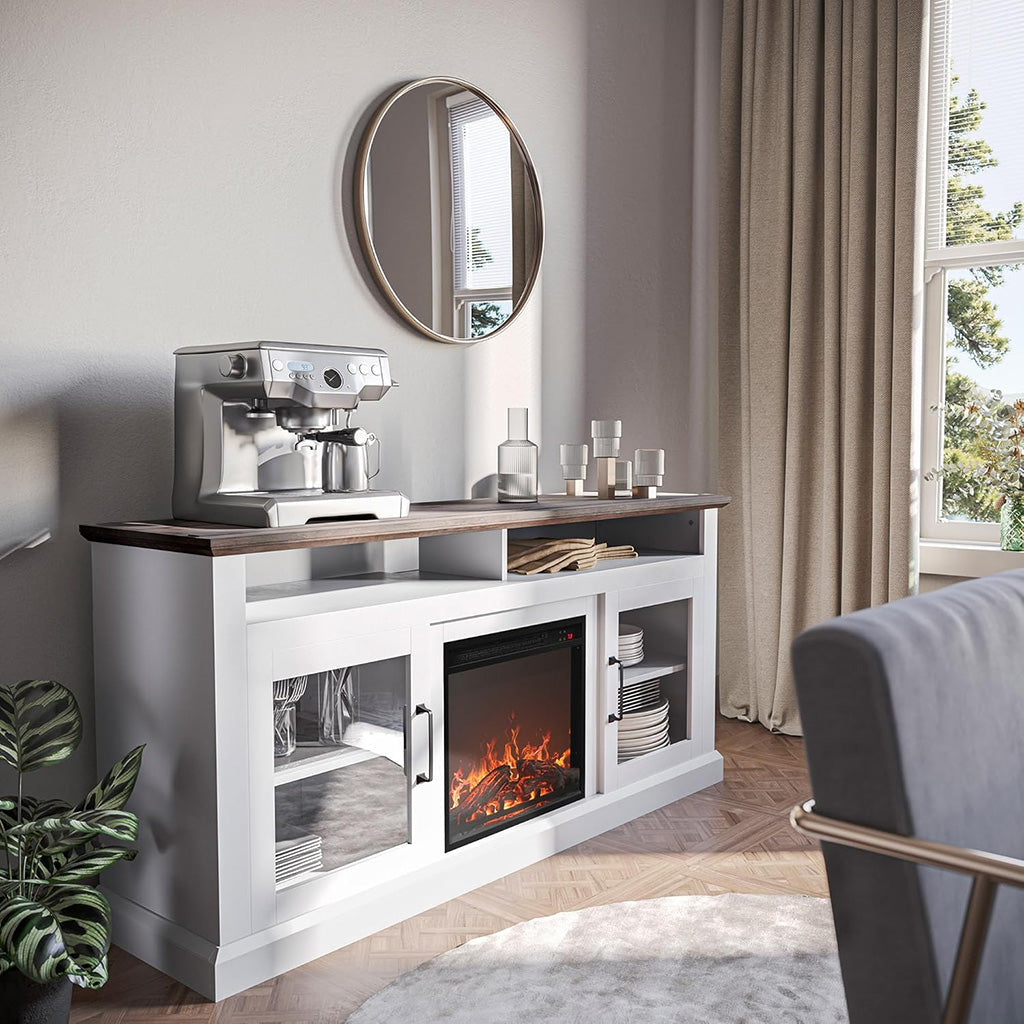
Leave a comment
This site is protected by hCaptcha and the hCaptcha Privacy Policy and Terms of Service apply.